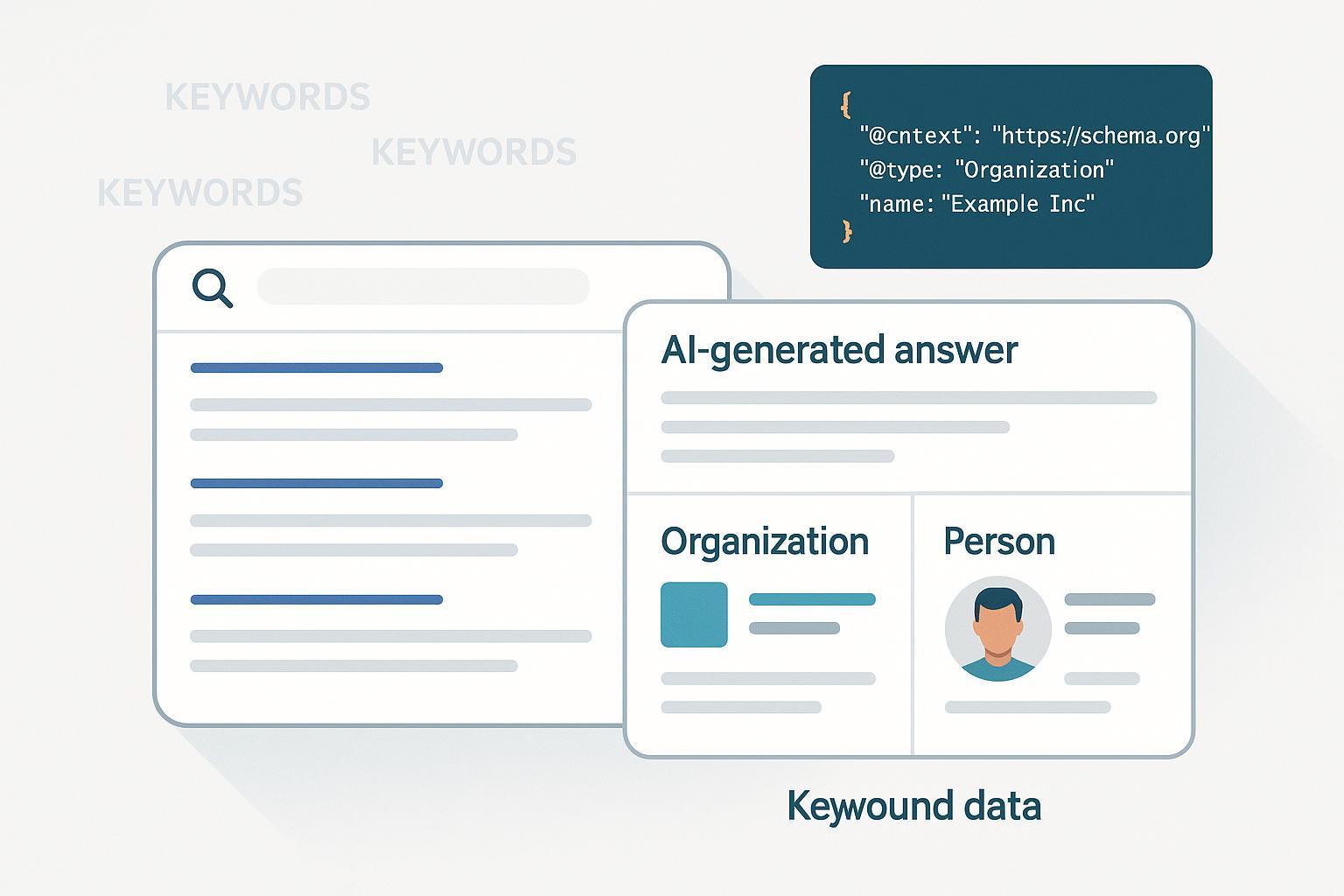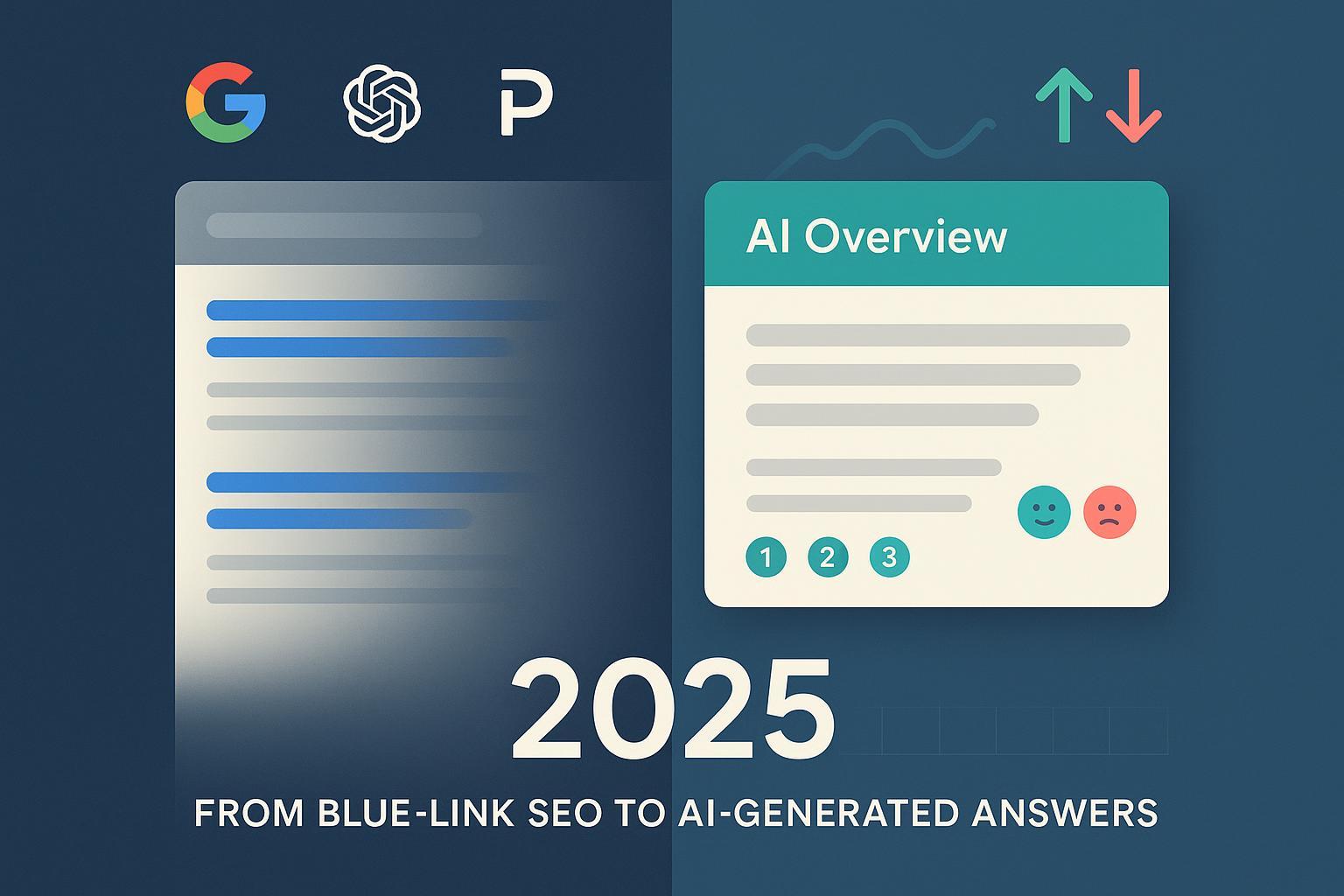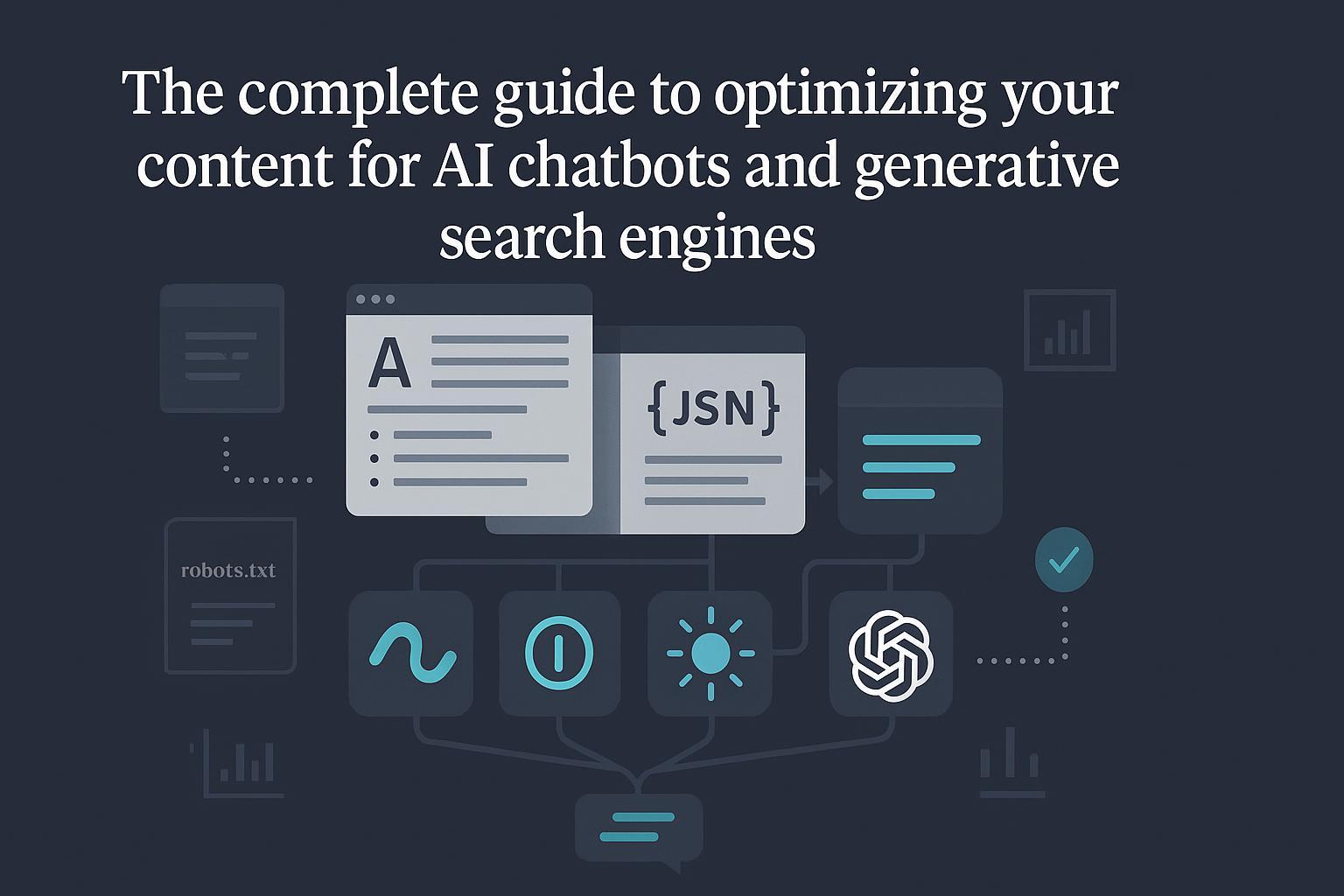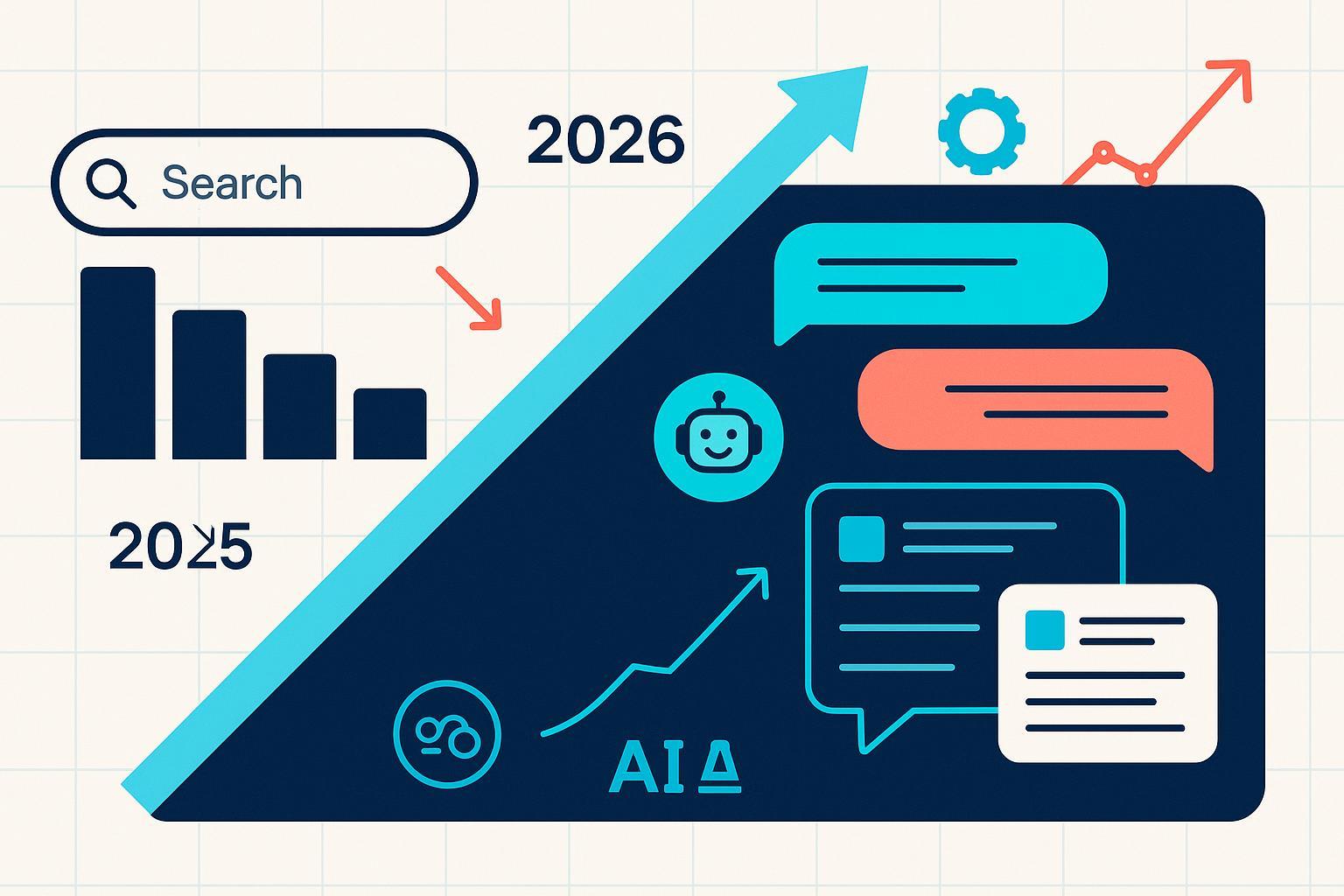Entity Authority vs Structured Data vs Keyword Density in SEO
Learn why entity authority and structured data now matter more than keyword density for SEO and AI search. Actionable workflows and expert validation included.


Introduction
Keyword density once felt like a steering wheel for SEO. Today, the vehicle has changed. Search engines and AI answer engines increasingly rely on entities (people, organizations, products, places) and machine-readable structure to understand, corroborate, and surface information. In other words, they look for “who/what is this about?” and “how reliable and well-structured is the source?”—not “how many times does this phrase appear?”
This article clarifies what entity authority and structured data are, why they matter more than keyword density, and how to implement and measure them in practical workflows.
Quick definitions (and what they’re not)
- Entity: A distinct “thing” such as a person, organization, product, or concept that can be unambiguously identified. Google describes its Knowledge Graph as a database of “billions of facts about people, places, and things,” which helps the system understand entities and their relationships.
- Entity authority: The level of credibility, recognition, and corroboration your entity earns across the web. Signals include consistent naming, high-quality citations, authoritative profiles, and author credentials.
- Structured data: Standards-based, machine-readable annotations—most commonly schema.org in JSON-LD—that describe your content types and their properties so systems can interpret them correctly.
- Keyword density: The frequency of a phrase in text. It’s a crude signal of topical relevance at best; beyond that, chasing density can reduce readability and risk keyword stuffing violations.
What they’re not:
- Entity authority isn’t repeating your brand name everywhere. It requires corroboration and reputation across credible sources.
- Structured data isn’t a shortcut that guarantees rich results or AI citations; it creates eligibility and clarity, not certainty.
- Keyword density isn’t a ranking lever; there’s no “optimal” percentage recommended by Google, and overuse can harm UX and violate spam policies.
Why entities and structure matter more than density
Search and AI systems need to confidently identify what your page is about, who created it, and whether it’s trustworthy. Two pillars support this:
- Entity understanding: When your organization, people, products, and topics are clearly identified and corroborated, systems can disambiguate you from similarly named entities and assess relevance more accurately. Google exposes an entity-centric view through its developer-facing tooling for entity search and JSON-LD outputs, reinforcing how content is interpreted through entities.
- Structured clarity: When you annotate content with schema.org (preferably JSON-LD), you help systems parse types, properties, and relationships. This makes content eligible for rich results and can improve how AI features summarize and cite your pages.
By contrast, keyword density is a blunt instrument. Google’s spam policies explicitly warn against keyword stuffing—“filling a web page with keywords or numbers in an attempt to manipulate rankings”—and Google offers no recommended density. Instead, user-first clarity, intent coverage, and semantic completeness now carry more weight in practice.
How modern search uses entities and structure
- Knowledge-focused interpretation: Google publicly explains that the Knowledge Graph connects entities and facts to power features like knowledge panels. Developers can query entities and receive JSON-LD-aligned results, illustrating the entity model that underpins interpretation.
- Rich result eligibility via structured data: Google’s Search Central clarifies that structured data (schema.org, JSON-LD) helps Google understand content and makes pages eligible for rich results; it does not guarantee display. Validation happens through the Rich Results Test and monitoring in Search Console enhancement reports.
- AI features sourcing and presentation: Since 2024, Google has rolled out AI Overviews that summarize topics and link to sources. In 2025 documentation for site owners, Google explains how AI features source and present information, underscoring the importance of clear, structured, policy-compliant content.
Careful context on industry reporting: Reputable summaries of the 2024 Google Search document leak suggest that entities, links, clicks, Chrome data, and more exist in internal systems. Treat this as directional insight—not a definitive ranking-factor list or weighting disclosure.
Authoritative references within this section:
- See Google’s overview of structured data and JSON-LD in the Search Central guide: “How structured data works”.
- Validate eligibility with Google’s Rich Results Test and monitor enhancement reports in Search Console.
- For policy guardrails, review Google’s Spam Policies for Search Essentials, which define keyword stuffing and other manipulative practices.
- For how AI features source and present information, see Google’s 2025 site-owner documentation: “AI features and your website”.
- For context on the 2024 leak and mentions of entity-related signals, read Search Engine Land’s reporting: “Google Search document leak reveals ranking details” (May 2024).
Building entity authority: a practical workflow
Entity authority develops through consistent identity, expertise signals, and corroboration.
- Standardize identity everywhere
- Use a canonical organization name, logo, and descriptions; keep NAP (name, address, phone) consistent.
- Align your author names and credentials across bios, LinkedIn, and other authoritative profiles.
- Corroborate with authoritative profiles and citations
- Create or update company and leadership profiles on reputable platforms (e.g., business directories, industry associations, knowledge bases where appropriate).
- Cite high-quality external sources in your content; earn citations from relevant publications.
- Show real expertise and accountability
- Publish clear author bios with credentials and roles; include bylines and updated headshots.
- Add transparent editorial standards and update logs for sensitive or evergreen content.
- Use internal links to connect related topics and show topical coverage depth. Build content hubs that answer user intents comprehensively.
Helpful internal reading on aligning expertise with entity signals: E-E-A-T in AI Search.
Implementing structured data: from baseline to growth
Start with the types most likely to apply across a brand site, then expand.
Baseline types (common to many sites)
- Organization: Name, logo, URL, sameAs links, contact details.
- Person (for authors): Name, affiliation, jobTitle, sameAs profiles.
- Article/BlogPosting: headline, author, datePublished, image, mainEntityOfPage.
Contextual types (as relevant)
- Product: name, image, description, offers, review data (when applicable).
- FAQPage: for genuine user FAQs; ensure the questions and answers are visible on-page.
- HowTo: step-by-step instructions with required properties, including images.
Implementation and QA checklist
- Use JSON-LD and keep markup synchronized with on-page content.
- Validate with the Rich Results Test; fix errors and review warnings.
- Monitor Search Console enhancement reports and watch for sudden changes in error counts.
- Adhere to Google’s structured data policies and Search Essentials; avoid markup that contradicts visible content.
For deeper practitioner guidance, see: Schema Markup Best Practices for AI Citations and How to Structure Content for Machine-Readability and AI Extraction.
Measuring impact across SERPs and AI surfaces
You can’t improve what you don’t measure. Combine Search Console telemetry with observation of AI answer engines.
What to track in Google Search
- Rich result impressions and clicks by enhancement type (e.g., Article, FAQ, HowTo).
- Coverage and indexing trends for pages carrying structured data.
- Branded and entity-related queries that surface knowledge panels or enhanced displays.
What to watch across AI answers
- Whether your content is cited or linked in AI Overviews for priority topics.
- Mentions, citations, and sentiment across AI answer engines (e.g., general-purpose chatbots and research assistants).
A neutral, replicable workflow example
- Use your analytics to flag priority topics and pages.
- Set a baseline of rich result impressions/clicks and note any AI Overview citations observed for those topics.
- Track changes monthly and correlate with updates to entity profiles and structured data.
Where teams often centralize this monitoring: Tools that aggregate brand/entity mentions and citations across AI answer engines can reduce manual effort. One option is Geneo, which monitors AI surfaces (e.g., ChatGPT, Perplexity, and Google AI Overviews) for brand/entity citations and sentiment, alongside traditional SEO signals. Disclosure: Geneo is our product.
Common pitfalls (and how to avoid them)
- Keyword stuffing: Chasing densities can degrade readability and run afoul of Google’s spam policies. Write naturally for users and cover intent comprehensively.
- Contradictory or speculative schema: Don’t mark up what isn’t present or visible. Keep properties accurate and up to date.
- Neglected author and organization entities: Incomplete or inconsistent bios and profiles weaken corroboration. Keep “sameAs” links current.
- Set-and-forget structured data: Business details, leadership, product specs, and FAQs evolve. Schedule periodic audits.
- Overfocusing on one surface: Visibility now spans traditional SERPs, rich results, and AI answers. Measure across all.
Bringing it together
Entity authority and structured data help search and AI systems understand who you are, what you offer, and why you’re credible. Keyword density, by contrast, is a relic: at best a minor signal, at worst a liability. If you standardize your entities, implement and maintain clean schema, and measure visibility across SERPs and AI answers, you’ll align with how modern systems actually parse and present information.
For broader strategy on AI answer engines and search, see: GEO Best Practices for AI Search Engines.




